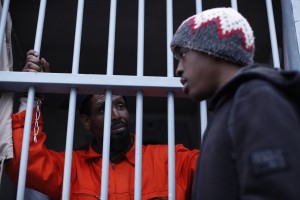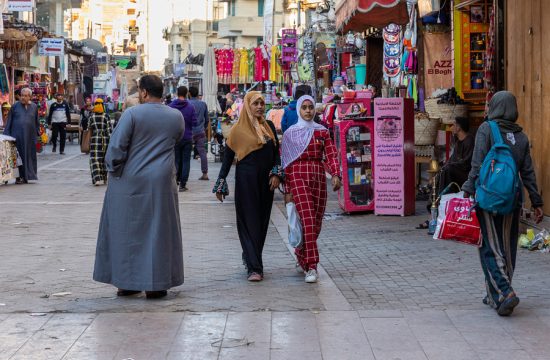Teen offenders who serve time finish school less often, become repeat offenders more often.

CAMBRIDGE, Mass. — Teenagers who are incarcerated tend to have substantially worse outcomes later in life than those who avoid serving time for similar offenses, according to a distinctive new study co-authored by an MIT scholar.
“We find that kids who go into juvenile detention are much less likely to graduate from high school and much more likely to end up in prison as adults,” says Joseph Doyle, an economist at the MIT Sloan School of Management and co-author of a new paper detailing the results of the study.
Indeed, the research project, which studied the long-term outcomes of tens of thousands of teenagers in Illinois, shows that, other things being equal, juvenile incarceration lowers high-school graduation rates by 13 percentage points and increases adult incarceration by 23 percentage points.
A key to the study is that it uses the variation in judges’ sentencing tendencies to analyze a large pool of otherwise similar teenagers, thus isolating the effects of the sentences on the kids in question.
“We think this is some of the first real causal evidence on the effects of juvenile detention on kids’ outcomes,” Doyle adds.
Not returning to school
A new article on the study is published in the latest issue of the Quarterly Journal of Economics. The co-authors are Doyle and Anna Aizer, an associate professor of economics and public policy at Brown University.
The study looks at cases involving 35,000 juvenile offenders over a 10-year period in Chicago. The Chapin Hall Center for Children at the University of Chicago created a database on social programs in the state of Illinois that made the research possible.
The teenagers in question had all committed offenses that provided presiding judges with latitude in determining sentencing levels. The random assignment of judges with different sentencing tendencies to those cases allowed the researchers to conduct a “natural experiment,” as social scientists call it, examining the implications of the varying sentences.
“Some judges are more likely to have children placed in juvenile detention than others, but it’s effectively random which judge you get,” Doyle explains. “Some kids get a judge who will place them in juvenile detention, other ones get a judge who will be less likely to do so, and comparing the outcomes of the kids across the judges, we can actually say what the causal outcome is of placing the kids in juvenile detention.”
Those periods of incarceration appear to make kids much less likely to return to school at all, particularly if they are around age 16 — which appears to be a significant mechanism underlying the later problems of those people.
“The kids who go to juvenile detention are very unlikely to go back to school at all,” Doyle explains. He adds that the later problems people have may also stem from the time spent incarcerated: “Getting to know other kids in trouble may create social networks that might not be desirable. There could be a stigma attached to it, maybe you think you’re particularly problematic, so that becomes a self-fulfilling prophecy.”
For their part, Doyle and Aizer readily acknowledge that the study only represents one criminal justice system in action during one time period, and say they would welcome further examination of the issue by other scholars.
“It would be great to see more research like this done in other locations with different criminal justice systems, and see if the results continue to hold,” Doyle says.








